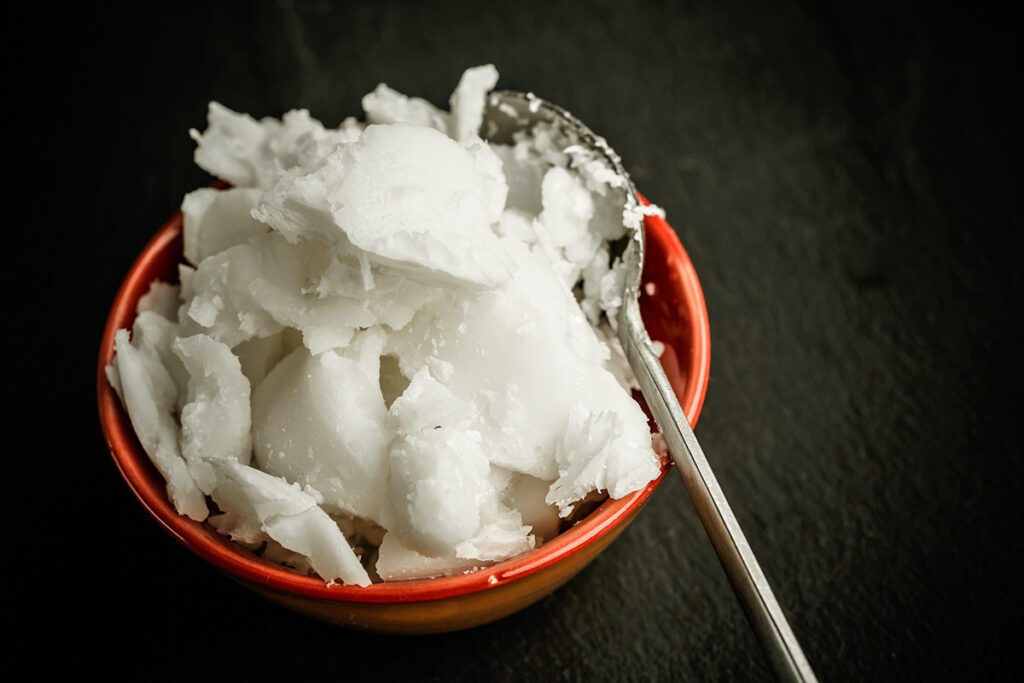A century ago, there wasn’t much debate about which oil to use for cooking, because most people relied on solid fats. Lard, butter, beef tallow, and that newfangled vegetable shortening were the cooking fats of choice for a majority of the population.
However, we now know that saturated animal fats aren’t exactly heart-healthy, and neither are hydrogenated oils (shortening and hard margarine) with their trans fats. So, the question of which oil to use is back on the table, so to speak.
There are plenty of cooking oils to choose from at your local supermarket. How you make your selection will depend on the type of cooking you’re doing and which health factors you prioritize. As a trained chef and former restaurateur, let me walk you through eight of the most common cooking oils and their best uses.
What To Know About Smoke Points
Any discussion of cooking oils inevitably touches on their respective smoke points. Usually, it’s safe to assume that high equals good, but what does that actually mean? Well, a smoke point is literally the temperature at which a cooking oil starts to smoke a little. This is important because when it hits that temperature, the oil begins to break down and degrade. When it does, the oil darkens, develops an “off” taste, and its smoke point drops, creating a vicious cycle where the oil breaks down even faster the next time it’s heated. More importantly, it forms new compounds that can potentially affect your health. That’s why you want a reasonable margin of error when choosing your oil.
Tip: Thermometer maker ThermoWorks has a useful explanation of the science behind the smoke point on its blog, along with a handy chart of common cooking oils and their respective smoke points.
More from our network
House Outlook is part of Inbox Studio, which publishes content that uplifts, informs, and inspires.
Olive Oil
Let’s start with olive oil, because there are actually a couple of different kinds that work for different purposes. Extra-virgin olive oil is great for salads and dressings, but it’s only middling as a cooking oil because its smoke point is 375 degrees Fahrenheit. That’s right at the edge of normal frying temperatures, making it a poor choice because it leaves no room for error. However, refined olive oils, which are often sold as “light” or “light-tasting,” can handle a lot more heat. They’re good up to 450 degrees Fahrenheit, depending on how they’re refined, so they’re perfectly fine for all cooking purposes.
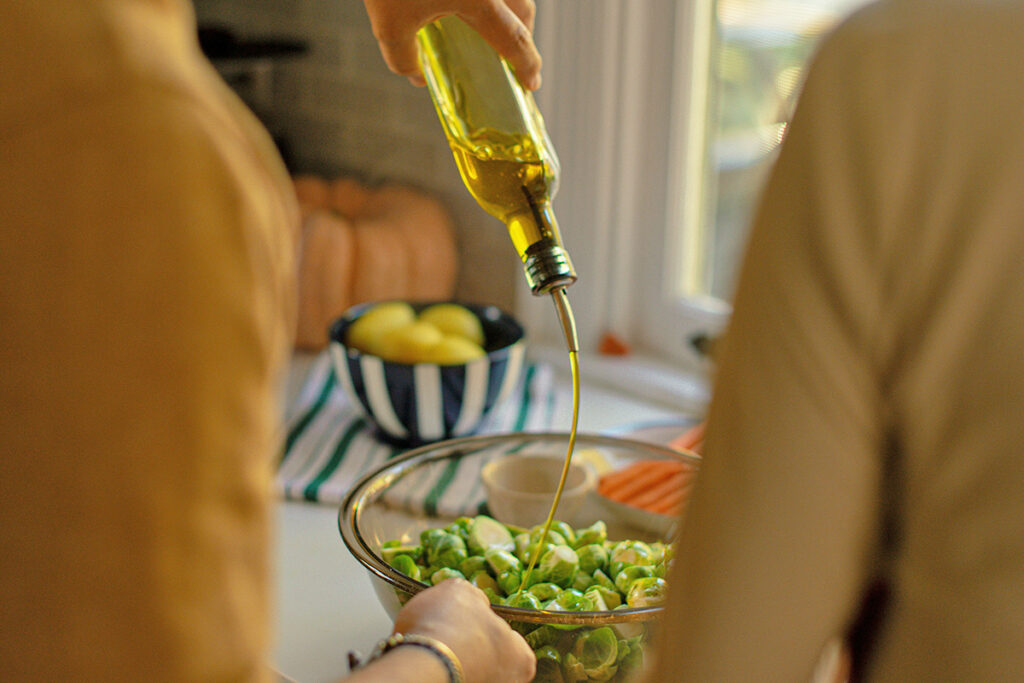
Canola Oil
Canola oil is a popular option for general-purpose cooking and baking. Its light and neutral flavor won’t change the taste of your food, making it an excellent choice for salad dressings or baking. Its smoke point is a respectable 435 degrees Fahrenheit, which is suitable for all but the highest-temperature frying, such as in a super-heated wok. Its only real downside is that some people detect a slightly “fishy” note in its flavor, which becomes more pronounced as the oil breaks down.
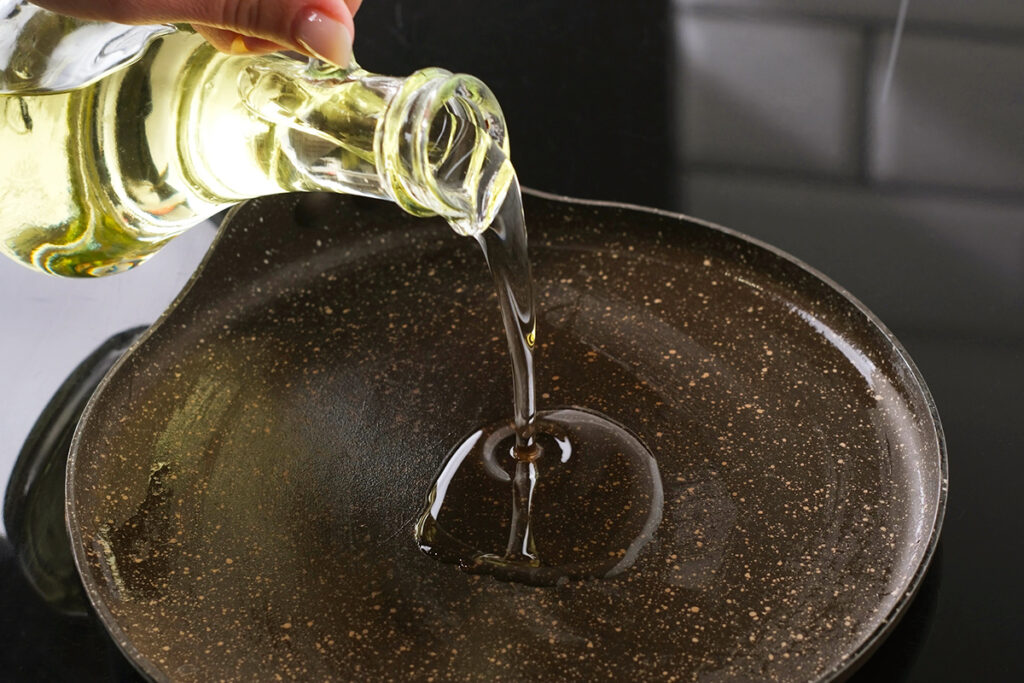


Vegetable Oil
Vegetable oil is a catchall term for an oil blended from multiple sources. In the U.S., it’s almost always a combination of soy and corn oil, as they’re the two most common commodity crops. It’s a good general-purpose oil with a smoke point that usually falls between 410 and 450 degrees Fahrenheit, which are the respective temperatures for corn oil and soy oil. The exact temperature for a given brand depends on the ratio of soy to corn oil, but it’s reliably suitable for most frying, and its neutral flavor works well for baked goods or salad dressings.
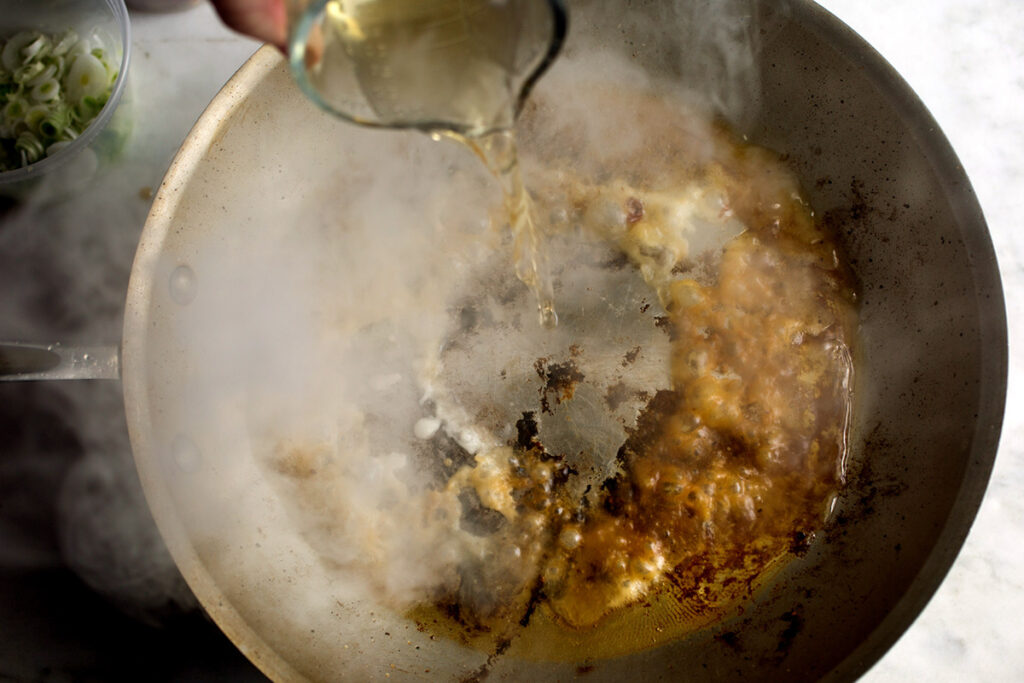
Sunflower Oil
Sunflower oil and its close relative, safflower oil, are widely available, general-purpose oils suitable for frying, cooking, baking, and salad dressings. They’re sold in “regular,” “mid-oleic,” and “high-oleic” versions. The regular versions are higher in polyunsaturated fats, while the mid- and high-oleic versions contain more monounsaturated fats, which are generally considered to be healthier.

Avocado Oil
Avocado oil is typically pricier than the others on this list, but it offers two key benefits. One is that its refined form has an exceptionally high smoke point of over 500 degrees Fahrenheit, which makes it ideal for cooking at very high temperatures. Additionally, it’s one of the few common oils that’s not a seed oil, a distinction that matters to some consumers. Cold-pressed or “virgin” avocado oil, however, has a much lower smoke point and is best reserved for low-temperature uses, similar to virgin olive oil.
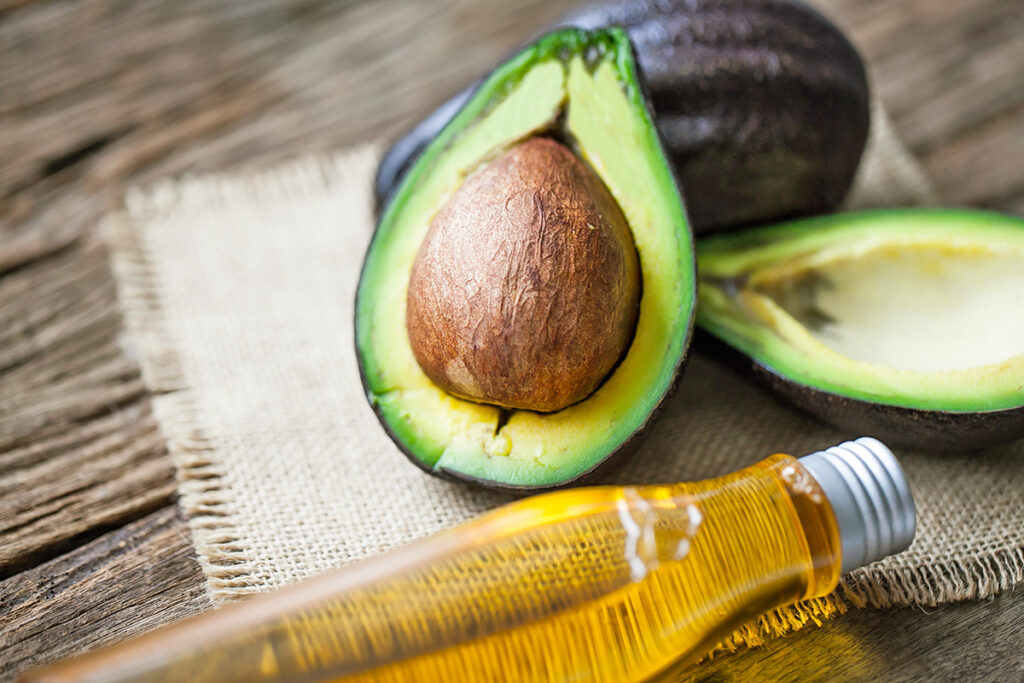
In recent years, a number of sources have speculated that seed oils cause inflammation and have other negative effects on health. Their reasons are beyond the scope of this article, but the short version is that research does not support those claims. Your choice of cooking oil isn’t the most significant health-related decision you’ll make, so don’t stress over it. Choose what makes sense for your cooking style and your budget.
Peanut Oil
Most peanut oil found in supermarkets is highly refined, with a smoke point of about 450 degrees Fahrenheit. This makes it ideal for high-temperature frying. The refining process also removes most of the peanut proteins that cause allergic reactions, which is why it’s generally considered safe for most people with peanut allergies. (That said, if you have an allergy, always check with your doctor before introducing peanut oil to your diet.) Neither of those qualities applies to unrefined or “cold-pressed” peanut oil. It’s not considered safe for people with a peanut allergy, and with a low smoke point of 320 degrees Fahrenheit, it should only be used for low-temperature cooking.
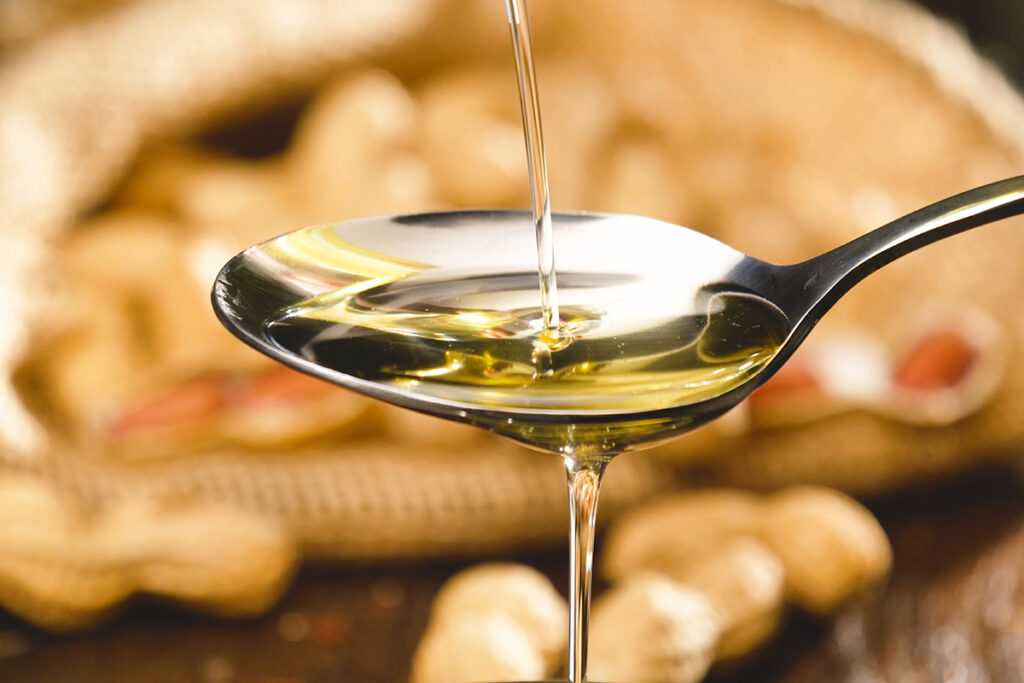
Grapeseed Oil
Grapeseed oil is a favorite among chefs because its pure, neutral flavor and pale color don’t interfere with the taste or appearance of dishes. Though its smoke point of 420 degrees Fahrenheit isn’t the highest on this list, it’s still more than sufficient for almost any frying or cooking task. Its neutral taste and color make it an excellent choice for baking and salad dressings, as well.
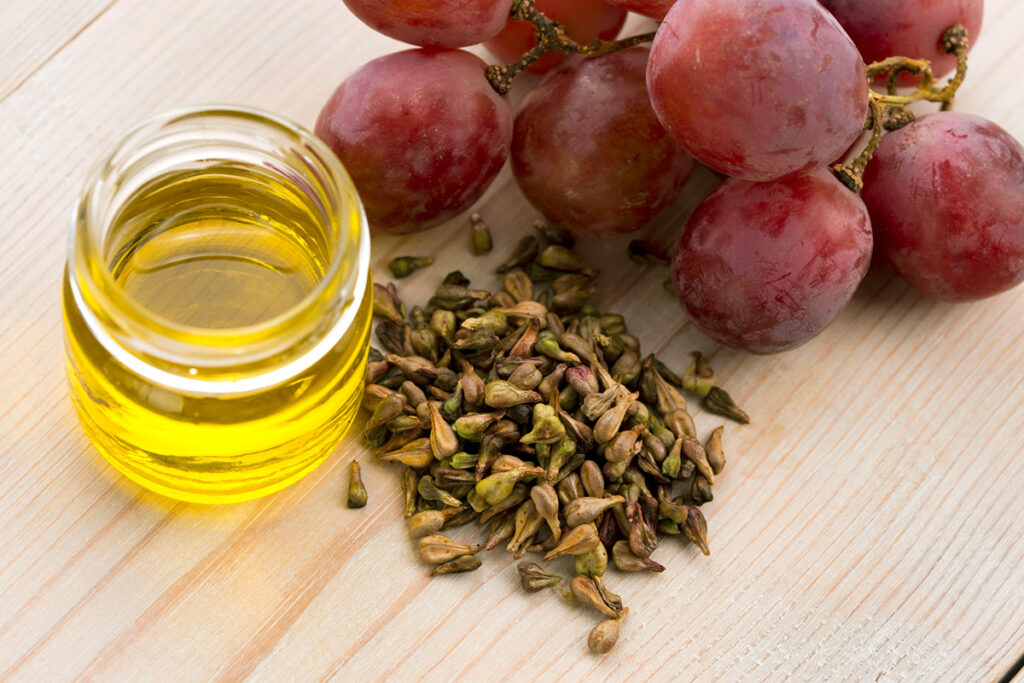
Coconut Oil
Coconut oil is an outlier among other common cooking oils for a few reasons. One is that it’s solid at room temperature, so it’s not a pourable “oil” in that sense. It’s also high in saturated fats, though the specific health effects of those fats are still being debated. Unrefined coconut oil smokes at 350 degrees Fahrenheit and adds a distinct coconut flavor to food. Refined coconut oil is flavorless and has a higher smoke point of 400 degrees Fahrenheit or more, making it a better choice for frying.
